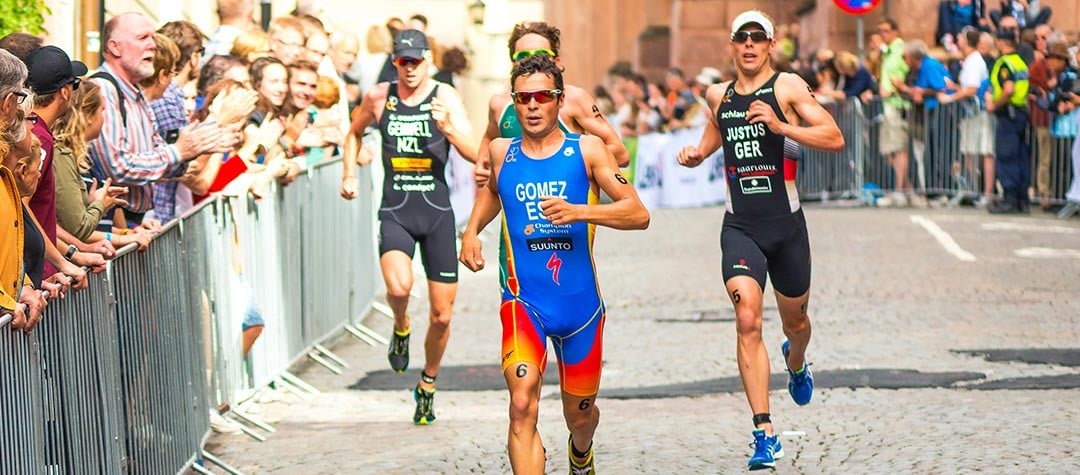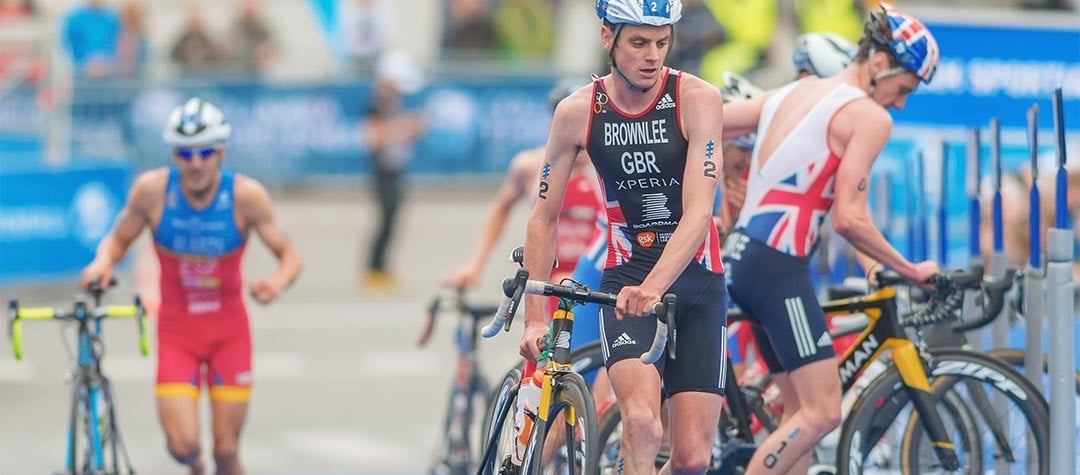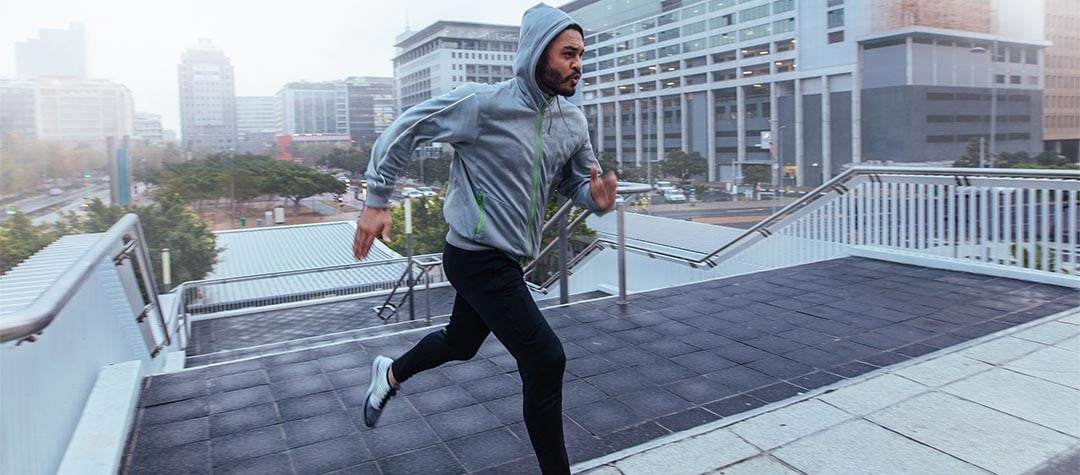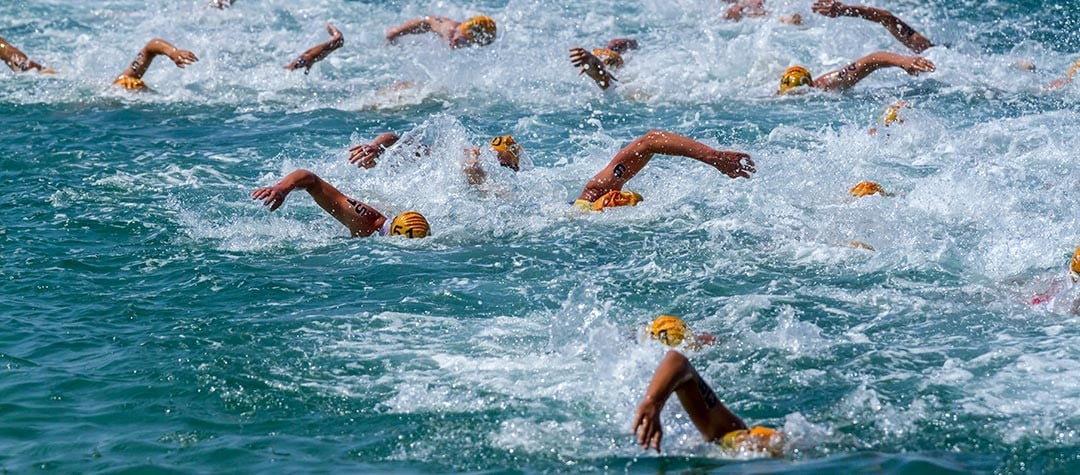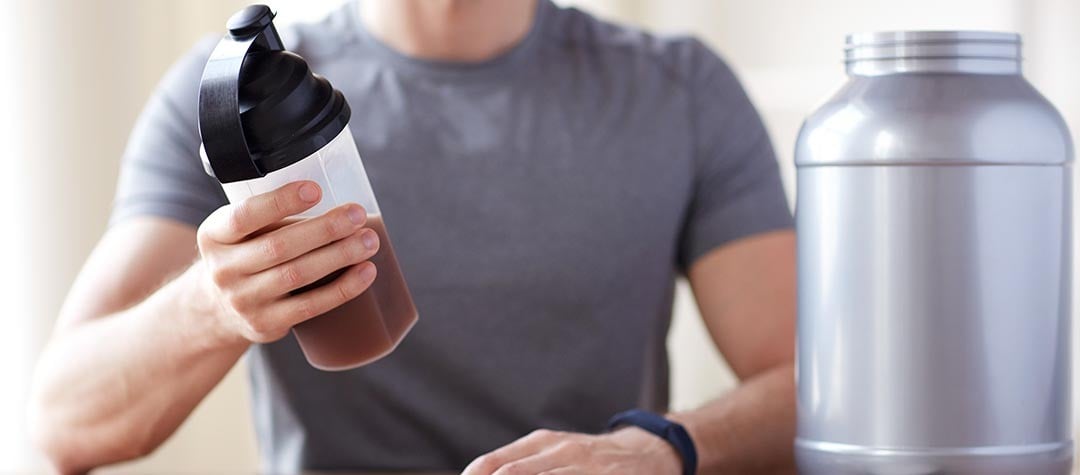By putting in the work to help you avoid injury will allow you to train consistently and therefore progress. Find out from triathlete Will Clarke what strength and conditioning work you should do to ensure you remain injury-free.
One of the most important principles for successful triathlon training is you need to remain consistent; day in day out habitual training. You will get a whole lot more out of a solid but nothing special 10 week-plus period than you will out of sporadic training here and there, potentially picking up an injury forcing you into rest periods where you lose all consistency.
This is why strength and conditioning is such an important session to build into your programme. It’s tough on the muscles, but it’s not so draining of your energy, so the benefits you get from remaining injury free to just becoming stronger will improve your triathlon performance no end.
Cover all major muscle groups
When you’re building a gym programme you should focus on covering all muscle groups so you’re not neglecting anything, you don’t want to end up imbalanced. You should also try to incorporate stretching and range of movement exercises to improve mobility, but also stretch out after the hard exercises. A programme is best if completed twice a week and you should build up to limit the inevitable soreness you will get at the beginning.
Engage the core and glutes
Triathletes suffer mostly from lower leg issues and also lower back problems. Those parts of our bodies take the biggest pounding when we’re training and racing. Exercises to focus on should involve mostly stability, after all there’s no power without control. We should pick exercises that work to engage the core and glutes muscles and it’s best if we perform the exercises using slow deceleration of the muscle before before an explosive movement.
Functional movement exercises
The best exercises for Triathletes are functional movement exercises that are also Triathlon specific for example the use of cable machines, therabands (elastic bands) Stability balls and things like the TRX. This will make is specific for your sport so you will really see the benefits after a period using the programme.
TRX
One of the best pieces of equipment you can buy for Triathlon is the TRX. It suspends your feet off the ground so you can work really well with your body weight. Doing knee tucks, press ups, pelvic raises, pulls, single leg squats and many other things. The good think about this is you can also do any series of these which obviously makes it even harder.
Squat
Squats are also a very valuable exercise although should be performed well to avoid injury and also built up slowly so you’re not lifting too much. I’d try to perform 3 sets of around 8 reps, taking 2-3 seconds on the downward phase but 1 second on the upward phase. This exercise will strengthen many muscles in your body making you more resilient but also more powerful.
Lunge
Walking lunges should be performed with perfect form to activate the core and the glutes, you can also do it weighted to make it harder for yourself. It’s also great for improving range of movement.
Eccentric calf lowers
One other preventative exercise that I recommend anyone who wants to improve their lower leg health is single leg eccentric calf lowers. Hang your heel off the back of a ledge and gradually lower yourself using one leg. It’s actually the downward phase that is important here and that should take around 3 seconds to complete. You can use both legs to come back up as this movement isn’t what we’re working on. Aim for 2 x 15 on each leg here.










